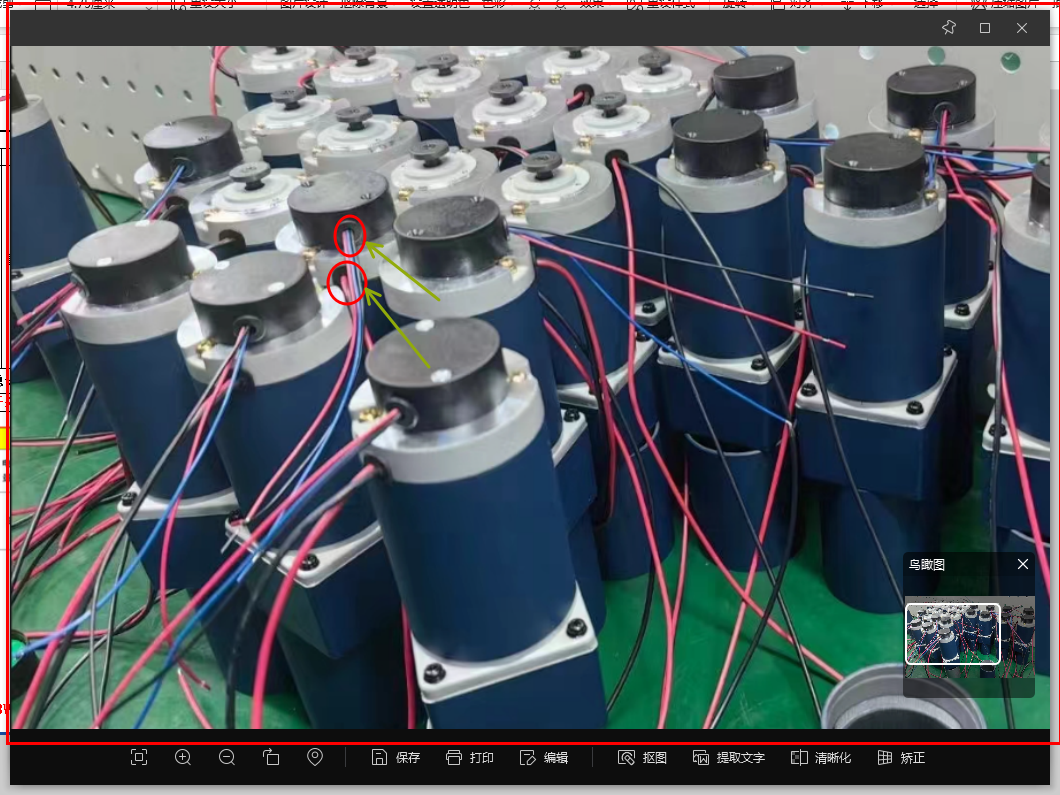How will high-speed motors develop in the future?
Due to the weak research foundation, the industrialization level of high-speed motors in China is low, and there is still a large gap compared with foreign countries. In particular, high-power high-speed motors above the megawatt level and ultra-high-speed motors are rarely used, and there are problems in design and prediction. many problems.
High-speed motors generally refer to motors with a rotational speed exceeding 10,000 r/min and a difficulty value exceeding 100,000. Currently, the main types of high-speed motors include induction motors, inner-rotor permanent magnet motors, switched reluctance motors , and a few outer-rotor permanent magnet motors and claw poles. Motor etc.

High-speed motors are characterized by small size and high power density . They can be directly connected to high-speed loads, eliminating the need for traditional mechanical speed-increasing devices, which can reduce system noise and improve system transmission efficiency.
High-speed motors can be used in a wide range of applications, including high-speed grinders, fuel cells, energy storage flywheels, international electricians and other fields, and the market outlook is strong. Foreign research on high-speed motors has a considerable foundation and a high level of industrialization.
Due to our late start, our country's research and development is mostly focused on small and medium power and lower speed ranges. The industrialization level of high-speed motors is low, and there is a certain gap compared with foreign countries. However, whether in China or abroad, there are still problems that need to be solved in the design and prediction of high-speed motors. Specifically, there are several main problems in the design and prediction of high-speed motors:
-
The technology to predict high-speed motors based on multi-physics coupling methods such as electromagnetic field, stress field, rotor dynamics, fluid field and temperature field is not yet mature;
-
High-speed bearings face major problems, such as ball bearings that cannot withstand excessively high rotational speeds, air bearings with limited load-bearing capacity, and magnetic suspension bearings that are complex to control and expensive;
-
The rotor dynamics design technology of high-power high-speed motors has not yet been perfected, and the research and development of conversion systems, control systems, and real-time monitoring systems are relatively weak;
-
The cooling structure of high-power high-speed permanent magnet motors is complex, and a combination of air cooling and water cooling is often used, with limited cooling effect;
-
The development of high-speed permanent magnet motors towards ultra-high speed and high power is restricted by the low tensile strength and poor temperature resistance of permanent magnets;
-
The alloy protective sheath of the surface-mounted permanent magnet motor has large eddy current losses, and the thermal conductivity of the carbon fiber protective sheath is poor, which is not conducive to the heat dissipation of the rotor;
-
Conventional laminated rotors cannot withstand large centrifugal forces, and solid rotors have large eddy current losses.
Therefore, the future development and research of high-speed motors will be based on the above key issues, such as the development of permanent magnet materials with high strength and high temperature resistance based on multi-physics and multi-disciplinary coupling design, and research on high-strength rotor lamination materials and structures. Develop high-speed motor control systems, etc.



























 XINDA
XINDA